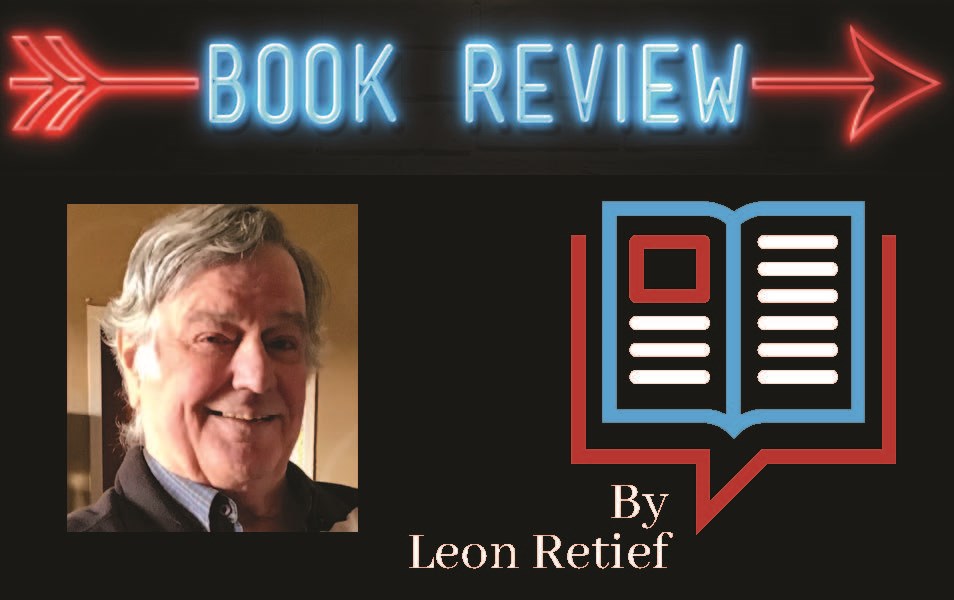A History of the World in Twelve Shipwrecks
David Gibbins.
289 pages, St. Martin’s Press
Graves and shipwrecks both hold secrets about the past. The latter, however, isn’t always as easily accessible as most graves, and usually, the identities of most people who went down with their ships (and many who were lowered into the earth) will forever be unknown.
The invention of the aqualung during the 1940s by Jacques Cousteau and Emile Gagnan gave rise to the then brand-new discipline of marine archeology, proving the historian Fernand Braudel correct when he wrote that the sea itself is the greatest document of its past existence.
The Mediterranean alone is estimated to contain about 60,000 wrecks – rich pickings, in other words, but they are mostly difficult or impossible to access.
Funerary artifacts as well as shipwrecks give us clues about the structures, rituals and economies of bygone societies The contents of graves are mostly pre-planned and normally not assembled hurriedly. Sailors, on the other hand, have no such luxury, marine disasters usually strike quickly and vessels go down with their entire contents and many or all of the crew. The information content of wrecks may therefore at times appear haphazard, but, counter-intuitively, these snapshots of bygone times sometimes yield more data than organized artifacts found in other locations – rather like walking into a teenager’s room before and after the occupant has tidied up.
Civilizations depend and grow on commerce, which often moves by sea. Ships therefore reflect much of the technology of their time. Both can be explored by investigating wrecks and interpreting the finds.
Although Gibbins does not emphasize this, cannons played an important part in detecting wrecks. This probably says more about humanity than we would like to acknowledge.
Gibbins is an enthusiastic and experienced underwater archeologist who has explored more than half of the wrecks discussed in this interesting book. He is very clear about his objective: “This book is not the history of the world based on twelve shipwrecks, nor is it solely an account of twelve ships, it is a history of the world, in which the wrecks provide a springboard for looking at the wider historical context.”
In this, he succeeds admirably.
The first wreck investigated by Gibbins, ironically enough, did not require swimming or aqualungs – it is an account of the excavation of remnants dating from about 1580 BCE found six meters below a road surface in present-day Dover. It yielded valuable insights into the nature of Bronze Age society and technology in Britain, eg that planks in that boat were attached by stitches or “withies” of yew twigs sown through holes along the edges. No metal nails there.
The history of every wreck is described and expanded on in an engrossing manner, informing readers about the relevant geography, technology and society of the time – such as the close contacts between Muslim Persia and China in the 9th century CE, which I found particularly interesting.
Other chapters combine insightful discussions of wrecks and the history of Egypt during the Pharaohs, Greece, the Roman Empire, Byzantium, China, King Henry VIII’s flagship Mary Rose, the Royal Anne Galley and its involvement with the African slave trade, HMS Terror and its ill-fated expedition to find the Northern Passage, and the SS Gairsoppa torpedoed during WW2. This is not a complete list.
I found every chapter well-written and fascinating from a historical viewpoint. The photographs are probably included because this is what readers would expect in a book dealing with such a subject, but in my opinion, they do not throw much light on the subject. The author describes some aspects of the history of diving and salvaging and I would rather have preferred diagrams and descriptions of the apparatuses used 200 years ago.
All in all, though, anyone interested in the intersection of history, society and technology will find this book well worth a read.
Below is a link to a short talk by the author:




